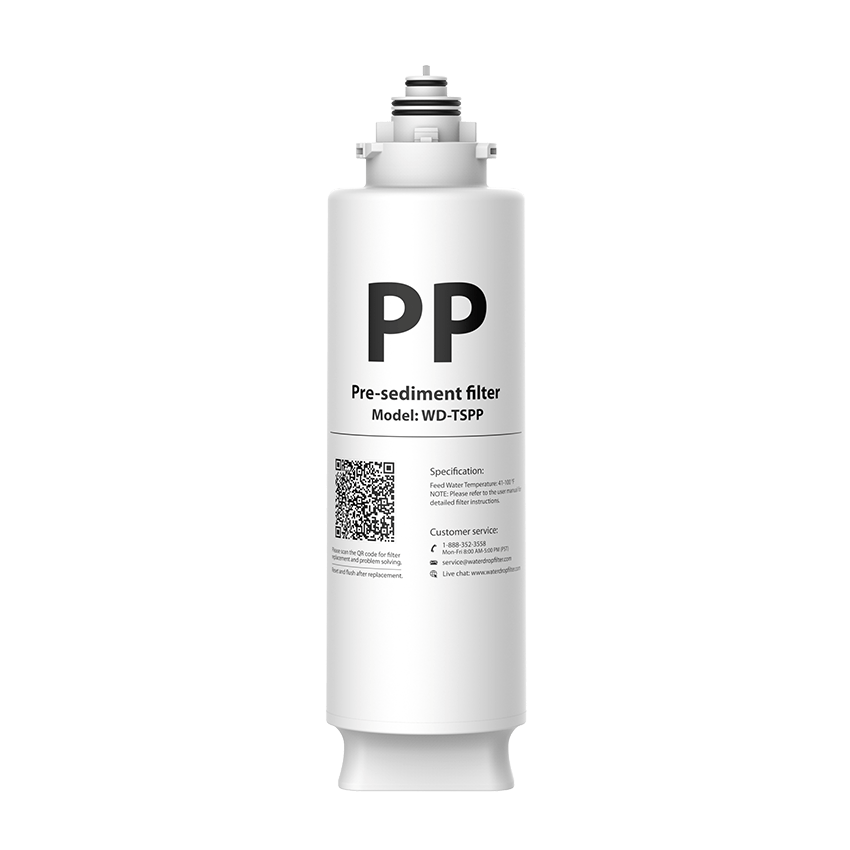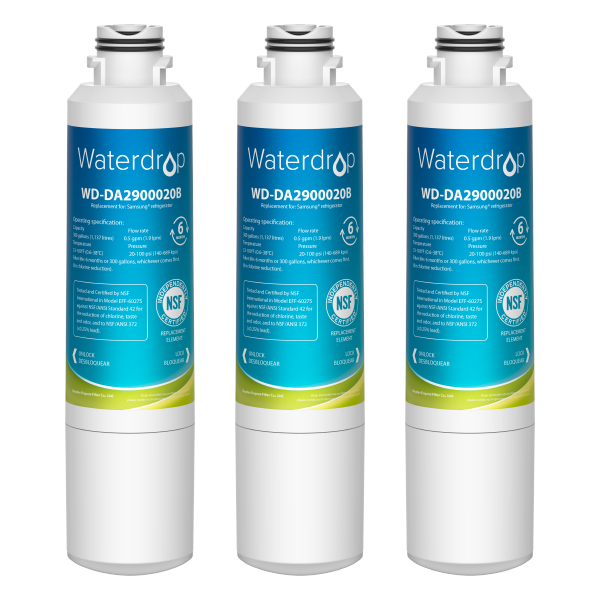What Is Reverse Osmosis?
by Dr. Jonathan Doyle - Updated December 17, 2024
Reverse osmosis (RO) is a widely recognized water filtration method that has transformed the way we access clean and safe drinking water. Whether you’re concerned about water quality at home, in industrial settings, or for environmental conservation, reverse osmosis offers an efficient and effective solution. This blog dives deep into what reverse osmosis is, how it works, its benefits, and its applications in Australia.
Understanding Reverse Osmosis
Reverse osmosis is a water purification process that removes contaminants, impurities, and unwanted particles from water by forcing it through a semipermeable membrane. The term “reverse osmosis” refers to reversing the natural process of osmosis, where water moves from an area of low solute concentration to high concentration. By applying pressure, reverse osmosis pushes water molecules in the opposite direction, leaving impurities behind.
The Science Behind Reverse Osmosis
The reverse osmosis process uses a specialized membrane with microscopic pores that allow only water molecules to pass through. Contaminants like salts, bacteria, heavy metals, and chemicals are too large to pass through the membrane, resulting in purified water.
The process typically involves multiple stages of filtration:
Benefits of Reverse Osmosis Water Filtration
Reverse osmosis is not just a buzzword—it offers tangible advantages that appeal to households, businesses, and industries alike.
Superior Water Quality
RO systems can remove up to 99% of contaminants, including lead, arsenic, chlorine, and fluoride. This makes it an ideal choice for Australians concerned about water safety and taste.
Health Benefits
Contaminant-free water is essential for good health. Reverse osmosis eliminates harmful substances that may contribute to health issues, ensuring you and your family consume clean and safe water.
Eco-Friendly Option
By using a reverse osmosis system at home, you can reduce reliance on bottled water, minimizing plastic waste and your carbon footprint. In Australia, where environmental conservation is a priority, this is a significant benefit.
Cost Savings
Investing in an RO system can save you money over time. While the initial setup may involve a cost, it eliminates the recurring expense of bottled water or repairs associated with poor-quality water systems.
How Does the Reverse Osmosis System Work?
While Australia is known for its natural beauty, its water supply often contains impurities such as high salinity, chlorine, and heavy metals. These issues stem from arid climates, reliance on groundwater, and aging infrastructure.
Reverse osmosis systems are particularly effective in addressing these challenges, offering clean water for domestic and industrial use.
Applications of Reverse Osmosis in Australia
Reverse osmosis technology is versatile, making it useful across various sectors. Below are the key applications:
Residential Use
RO systems are widely used in Australian homes to ensure clean drinking water. Under Sink Systems and Whole House Filtration units are popular choices for households.
Industrial and Commercial Use
Industries such as pharmaceutical, food and beverage, and mining in Australia rely on reverse osmosis to produce high-purity water. The food and beverage industry, for example, uses reverse osmosis systems to ensure the purity of water during production. There are also a number of mining industries that utilize it to address water recycling issues as a way to reduce their environmental impact.
Agricultural Use
In Australia’s agriculture sector, reverse osmosis is used to treat saline water for irrigation and livestock. It improves crop yields and livestock health by providing quality water.
How to Choose the Right Reverse Osmosis System?
With various RO systems on the market, selecting the right one can be challenging. Here are a few factors to consider:
Water Quality
Assess the specific contaminants in your water supply. Australian residents can request a water quality report from local councils or invest in a water testing kit.
System Size
Choose a system that suits your needs. Small under-sink units are perfect for households, while larger systems may be required for businesses or industrial purposes.
Maintenance and Cost
Evaluate the maintenance requirements and long-term costs of the system. Opt for models with readily available replacement parts in Australia.
Certified Products
Ensure the system complies with Australian standards for water filtration to guarantee safety and efficiency.
Conclusion
Reverse osmosis is a powerful and versatile water filtration technology, offering clean, safe, and great-tasting water for households and industries across Australia. Its ability to address water quality challenges makes it a valuable investment for anyone seeking better health, cost savings, and environmental benefits.
By understanding how reverse osmosis works and its applications, Australians can make informed decisions about incorporating this technology into their lives.
Contaminants Detected in Fruitland Water Special Service District
30
Contaminants
EXCEED EWG HEALTH GUIDELINES
EXCEED EWG HEALTH GUIDELINES
30 Total Contaminants in Your Water
Water Provider
Fruitland Water Special Service DistrictPopulation Affected
120,000Water Source
Ground waterExceeds Guidelines
Others Detected















